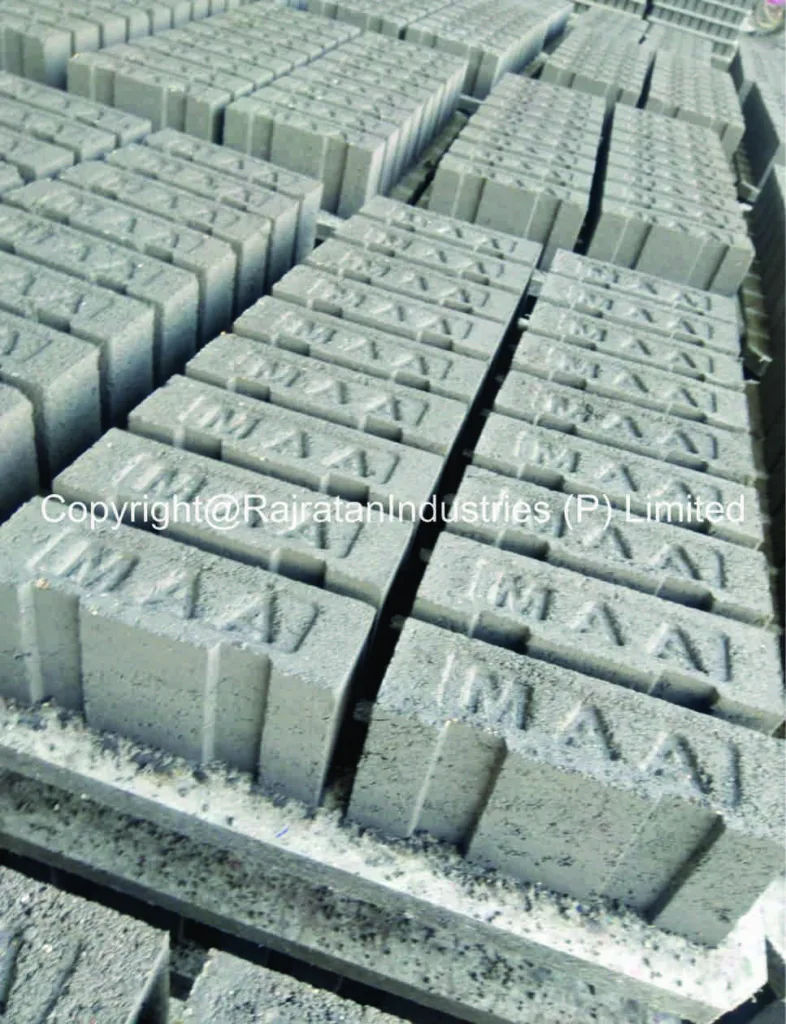
Fly ash brick pallets play a crucial role in the production process, ensuring efficient handling and curing of bricks, blocks, and pavers. At Rajratan Industries, a leading manufacturer and supplier of PAC Pallets for bricks, blocks, and pavers, we understand the importance of cost-effectiveness and quality in these essential tools.
If you’re looking to optimize your manufacturing process, understanding the factors influencing fly ash brick pallet prices can help you make an informed decision. Here are the top five factors affecting the cost:
1. Material Composition
The type of material used in manufacturing PAC pallets greatly influences the price. High-quality materials like engineered composites or plastic last longer, offering better durability but come at a higher cost.
2. Manufacturing Process
Advanced manufacturing techniques ensure precise dimensions and high strength, adding to the overall cost. Pallets made using modern machinery often have a longer lifespan and require less maintenance.
3. Load-Bearing Capacity
The ability to withstand heavy loads without bending or breaking impacts the price. PAC pallets with enhanced load-bearing capacities are ideal for high-volume operations but may be priced higher.
4. Customization Options
Tailoring pallets to specific dimensions or operational requirements often incurs additional costs. Custom-designed PAC pallets are especially beneficial for unique production setups.
5. Market Demand and Supply
Prices can fluctuate based on market demand, raw material availability, and production costs. High demand for fly ash bricks and pavers can increase the cost of pallets due to supply constraints.
Why Choose Rajratan Industries?
At Rajratan Industries, we offer premium-quality PAC Pallets designed to boost the efficiency of your fly ash brick manufacturing process. With a commitment to durability and affordability, we ensure our products meet the highest standards in the industry.
Some want a free sample of PAC Pallets?
Call: +91 9685927927.
Monday to Saturday, 10:00 AM to 6:00 PM.
Let us help you find the perfect pallet solution for your needs!
